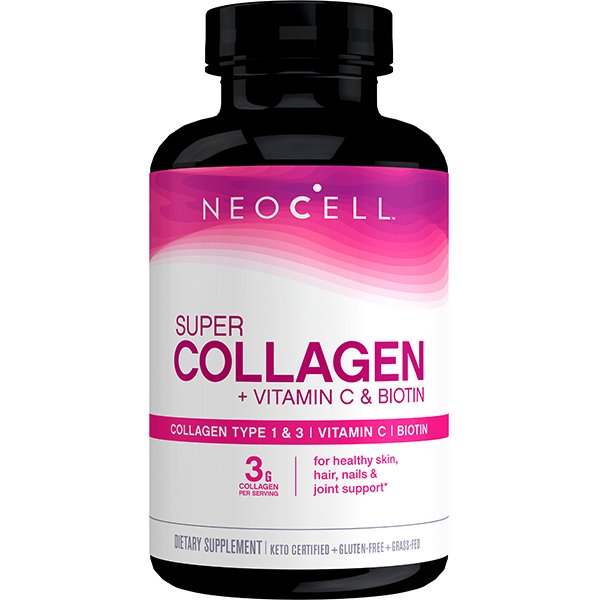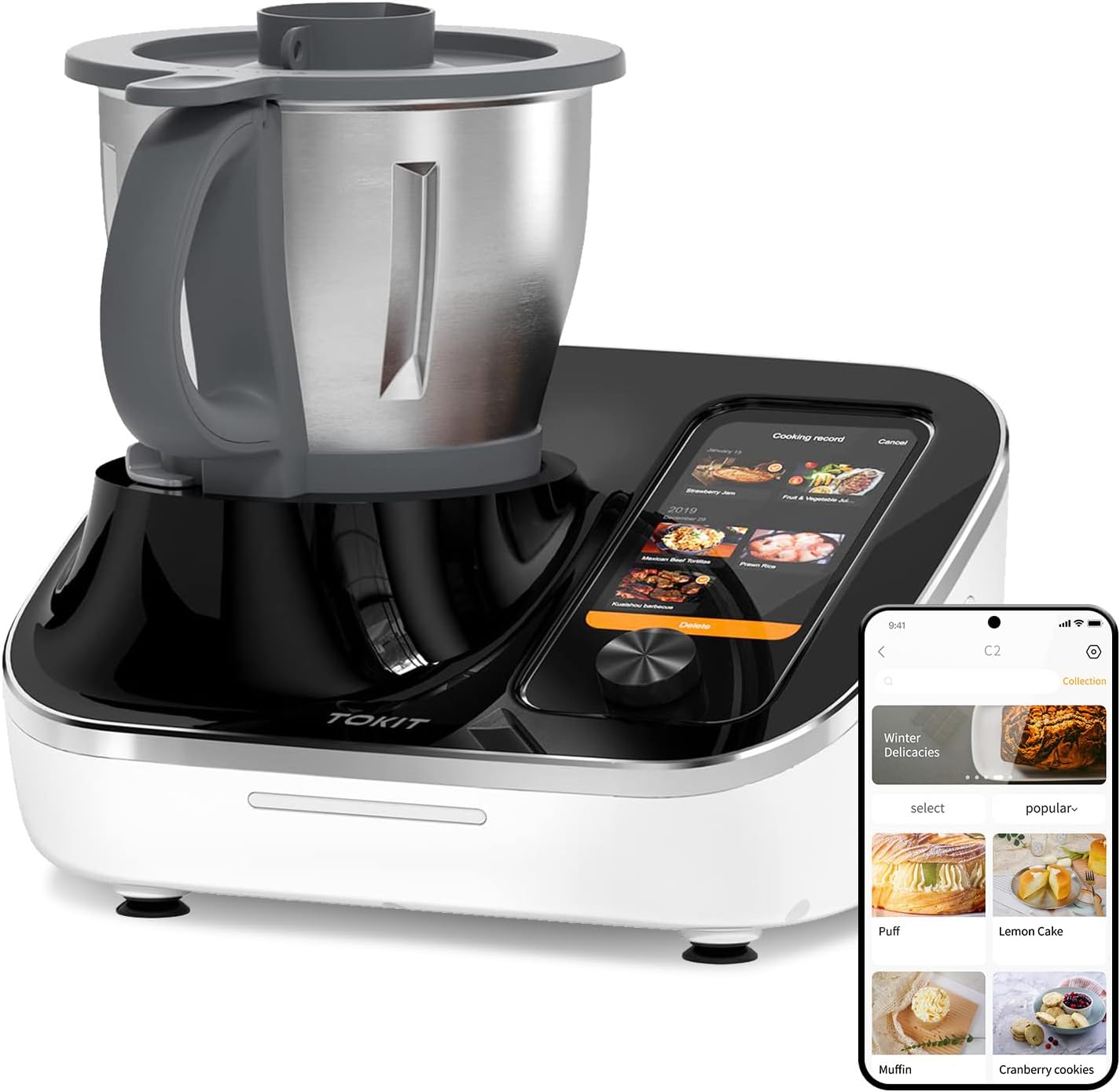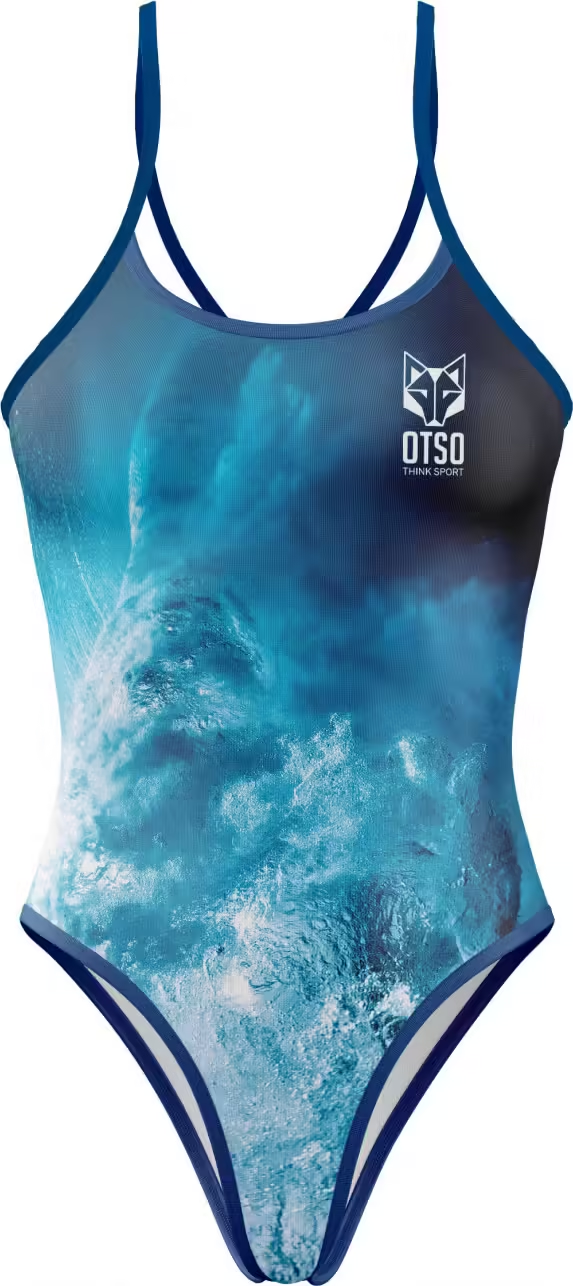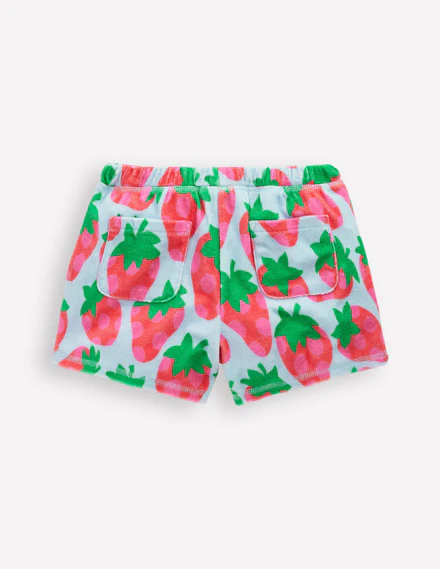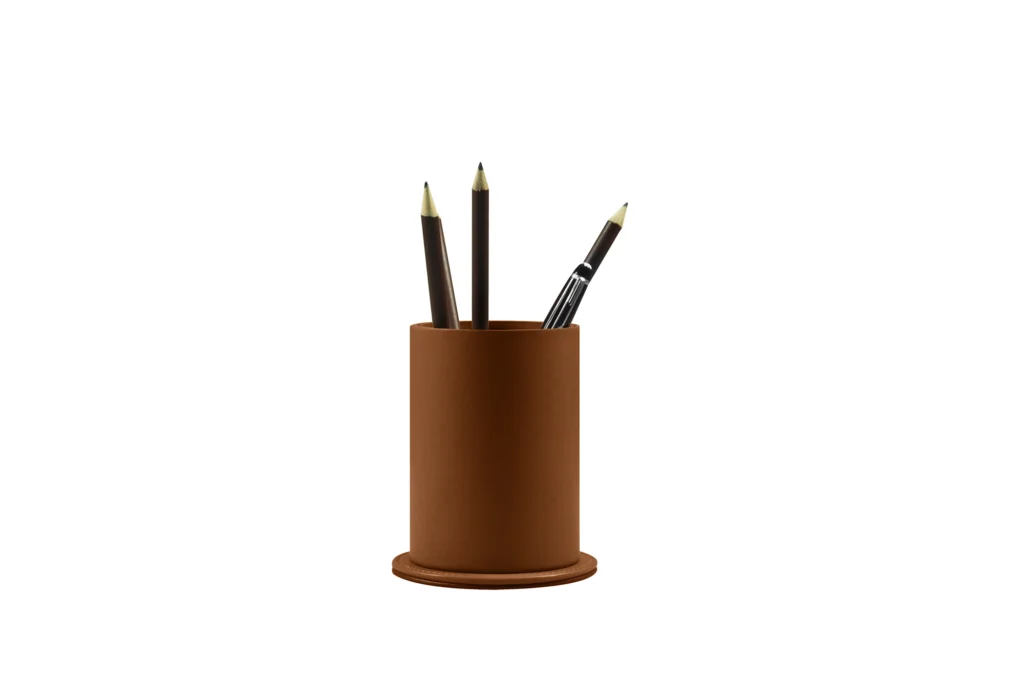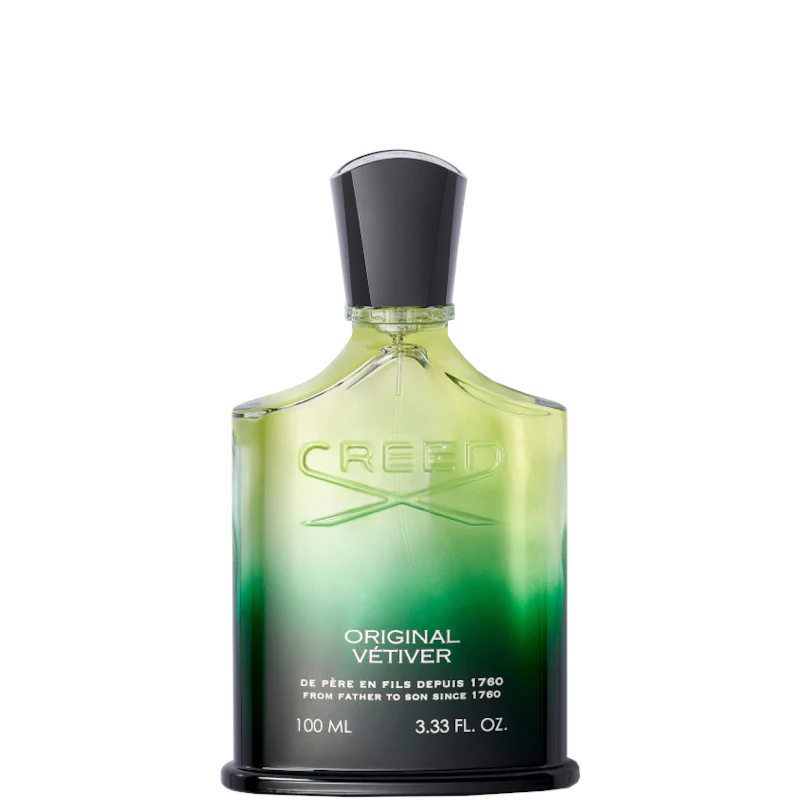Every day, we reach for ice to cool our favorite beverages—coffee, cocktails, or sparkling water—only to be met with hard, melting cubes that dilute flavor too quickly. Standard ice varieties often leave us wishing for something cooler, longer-lasting, and more enjoyable to chew. As more people seek restaurant-style quality in their own kitchens, the shortcomings of traditional cube ice become glaring. Gone are the days when ice simply had to be ice—today, the way it chills and interacts with our drinks matters.
In this article, you’ll discover how nugget ice machines solve those common problems by producing “chewable” ice that enhances taste and texture. You’ll also learn what to look for when choosing a machine, why certain features matter, and how to maintain it—all to ensure every sip you take is perfectly balanced and refreshingly cool.
Shop GE Profile Opal 2.0 Nugget Ice Maker
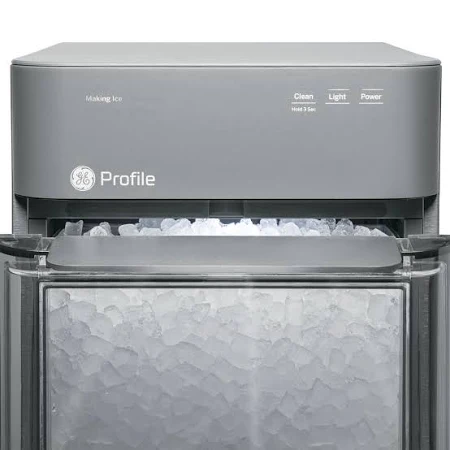
Why Nugget Ice Has Taken Over
First popularized in medical facilities for its chewable, gentle texture, nugget ice—sometimes called “pellet” or “chewable” ice—has now become a culinary trend. Unlike standard cubes, nugget ice is porous, allowing it to blend with drinks more uniformly without diluting them too fast. Smoothies feel creamier, cocktails stay balanced, and iced coffees maintain their bold flavor longer. As home mixology and at-home bar setups rise, enthusiasts want that extra texture and refinement.
Many users report that nugget ice feels almost like tiny snowflakes compacted into chewable pellets. It absorbs simple syrup or fruit juices more effectively, making each sip more flavorful. For families with young children, the smaller, softer pieces of ice are safer than jagged cubes. Even health-conscious individuals enjoy how nugget ice slows melting, meaning fewer additives to compensate for watered-down drinks. As a result, demand for countertop nugget ice makers has skyrocketed, and models like the GE Profile Opal 2.0 Nugget Ice Maker have emerged to meet these expectations.
Understanding Countertop Nugget Ice Makers
When you browse countertop nugget ice machines, you’ll see a wide range of designs, technologies, and price points. To simplify your search, focus on these critical attributes:
- Ice Production Rate: Measured in pounds of ice per day, this spec determines how quickly you can refill your bin. If you host parties or have a big family, look for machines producing 20+ lbs per day.
- First Batch Time: Some units take an hour or more for their initial cycle, while others can start spitting out nuggets in under 45 minutes. If you want quick ice with minimal waiting, prioritize machines with shorter first-batch times.
- Water Reservoir vs. Plumb-In Option: Countertop machines often include a removable water tank (around 2 quarts). This means manual refilling every few batches. Higher-end models, like the GE Profile Opal 2.0 Nugget Ice Maker, offer an optional plumb-in kit so you can connect directly to a water line, eliminating manual refills.
- Noise Level: Because ice makers use compressors and fans, some can get loud. If you keep your ice maker in an open kitchen or entertaining space, look for models that operate under 45 dBA—about the volume of a quiet conversation.
- Ease of Cleaning: Over time, mineral deposits and bacteria can develop. The simplest machines offer self-clean cycles and easy-to-remove bins, while others require more hands-on care. Regular maintenance helps maintain ice quality and extends appliance life.
By understanding these basics, you’ll be better equipped to choose a machine that fits your lifestyle.
The Appeal of GE Profile Opal 2.0 Nugget Ice Maker
Building on feedback from early adopters, GE designed the Opal 2.0 to excel where many countertop models fall short. Here’s why so many users rave about it:
The GE Profile Opal 2.0 Nugget Ice Maker combines a stainless-steel exterior with a slim footprint (approximately 11″ W x 17″ H x 16″ D), making it a stylish addition to modern kitchens without hogging space. The ice bin holds up to 3 lbs of nuggets, while production hovers around 24 lbs per day—enough to keep a small party going all evening. Its LED control panel lets you choose between standard and small nugget sizes, so you can customize texture for sipping or blending.
Thanks to built-in Wi-Fi connectivity, you can check ice levels, initiate cleaning, or receive filter-change alerts right from your phone. This smart feature ensures you’re never left guessing when it’s time to swap out the carbon filter (typically every six months). Quiet operation (around 45 dBA) means you won’t be startled by loud compressor whirs during dinner prep. Plus, the Opal 2.0 runs on Energy Star–certified efficiency, so it won’t break the bank on electricity.
Most importantly, the ice quality stands out. Nugget size stays consistent from first batch to last, and the self-contained condenser design prevents messy water trays from overflowing—no more soggy countertops. For anyone eager to recreate Sonic-style ice at home without settling for subpar models, the GE Profile Opal 2.0 Nugget Ice Maker represents a smart investment.
Shop GE Profile Opal 2.0 Nugget Ice Maker
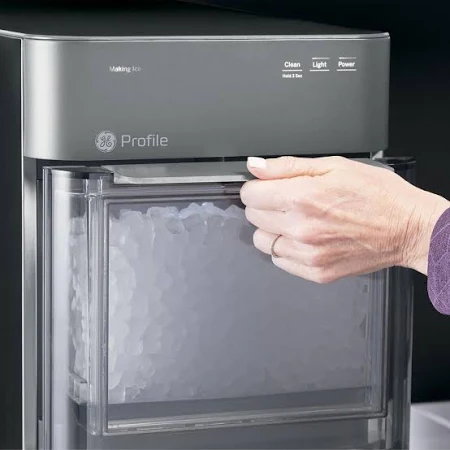
Simple Tips to Get the Best Ice Experience
Owning a top-tier nugget ice maker is only part of the equation. Implement these straightforward practices to maximize both ice quality and convenience:
- Pre-Chill Serving Vessels: Slide glasses or ice buckets into the freezer for 5–10 minutes. Starting with a colder surface helps preserve nugget texture and prevents premature melting.
- Harvest in Increments: Instead of waiting for the bin to completely fill (3 lbs), scoop out 1–2 lbs during high-demand moments—like a backyard barbecue. This keeps production running continuously, so you always have fresh ice.
- Position Wisely: Place your unit away from heat sources—ovens, dishwashers, or sunny windows—to maintain optimal cooling efficiency and faster production.
- Use Distilled Water If Needed: If your home water supply is very hard or high in minerals, consider distilled water. It reduces scale buildup inside the freezing cylinder, making cleaning cycles less frequent.
- Schedule Filter Replacements: Set calendar alerts every six months—or rely on the GE app’s filter-change reminders—to ensure your ice stays free of off-flavors. A fresh carbon filter can make a dramatic difference in taste.
- Activate the Clean Cycle Monthly: Add GE’s recommended cleaning solution (or a 1:1 vinegar/water mix) into the reservoir once a month. Running a clean cycle prevents bacterial growth and mineral deposits, ensuring ice remains pristine.
By following these steps, you’ll maintain peak performance and enjoy that ideal chewable ice texture day after day.
Real-Life Benefits & User Feedback
Countless users report transformative differences when switching from cube to nugget ice. Here are some of the most common benefits, drawn from home-bar enthusiasts, coffee lovers, and family households:
- Enhanced Drink Enjoyment: Nugget ice chills beverages uniformly without diluting flavor too rapidly. Whether sipping iced tea or crafting a complex cocktail, the balance stays true longer.
- Kid-Friendly Indulgence: Soft, chewable nuggets are gentler on younger teeth and pose less of a choking hazard than hard cubes. Parents appreciate the fun factor, too—kids love making ice “snow” for lemonade.
- Blender-Ready Supremacy: Smoothies and frozen cocktails blend seamlessly with nugget ice. The small, porous pellets integrate better than large cubes, resulting in creamier, less slushy drinks.
- Professional Presentation: When entertaining, visually appealing ice can elevate perceived quality. Guests often comment on the “cool” factor of nugget ice, making any event feel more upscale.
Here’s what actual Opal 2.0 owners highlight:
- A user in Miami noted, “Even on 95°F afternoons, the Opal keeps up. We have ice ready for margaritas without constantly monitoring the bin.”
- A New York bartender turned home mixologist remarked, “It’s like having Sonic in my apartment. I can’t believe how quiet it is compared to my old machine.”
- A Los Angeles family said, “Our kids actually snack on the ice! Never thought we’d see ice become a family treat.”
Hearing these real-world experiences emphasizes that nugget ice isn’t just a novelty—it’s a functional upgrade that enhances everyday enjoyment.
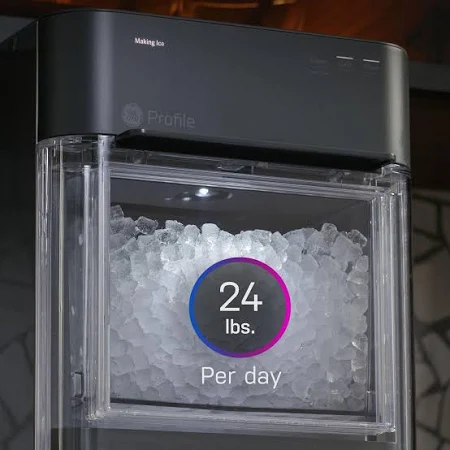
Balanced Considerations Before You Buy
While the GE Profile Opal 2.0 Nugget Ice Maker excels in many areas, it’s wise to weigh a few considerations before committing:
- Price Point: At a premium above basic cube makers, the Opal 2.0’s cost reflects its smart features, stainless finish, and superior ice texture. If you aren’t passionate about nugget ice, a simpler model may suffice.
- Initial Batch Wait: Expect roughly a one-hour wait for the first batch. If you need ice ASAP, power on the night before or plan accordingly.
- Filter Maintenance Cost: Replacement carbon filters run about $30–$40 every six months. Users report that timely changes noticeably improve ice taste.
- Reservoir Size: The 2-quart tank works well for casual use but may require frequent refills during large gatherings, unless you install the optional plumb-in kit.
- Countertop Space: Although relatively compact, ensure you have an 11″-wide by 17″-tall space that’s safe from heat sources.
If you’re unsure whether you’ll use nugget ice daily, consider renting or testing a friend’s machine before buying. But for dedicated enthusiasts—cocktail aficionados, coffee lovers, and families—the Opal 2.0 often pays for itself by transforming routine beverages into premium experiences.
Shop GE Profile Opal 2.0 Nugget Ice Maker
Installation & Space Planning
Whether you choose to use the GE Profile Opal 2.0 Nugget Ice Maker as a standalone countertop unit or install the optional plumb-in kit, preparation is key:
- Countertop Setup:
- Ensure a flat, level surface at least 11″ wide and 17″ tall, with 4″ of clearance on all sides for ventilation.
- Keep the machine away from direct sunlight, ovens, dishwashers, or heating vents to optimize cooling efficiency.
- Plug into a dedicated 120V outlet—avoid extension cords to prevent power fluctuations.
- Plumb-In Kit Option:
- Purchase GE’s dedicated Plumb Kit (sold separately).
- Connect to a standard cold-water line under the sink. You’ll also need a drain connection for overflow water—most DIY-savvy homeowners can tackle this in under an hour.
- Once plumbed, the Opal 2.0 will draw and drain water automatically, so you can focus on entertaining rather than refilling.
For both setups, place the machine near your main entertaining area—kitchen island, bar cart, or coffee station. Having it within arm’s reach makes serving and cleaning far more convenient.

Maintenance Made Simple
Maintaining a nugget ice maker might sound intimidating, but the GE Profile Opal 2.0 Nugget Ice Maker aims to simplify the routine:
- Monthly Surface Wipe-Down: Use a soft cloth and mild dish soap to clean the ice bin and interior walls. Avoid harsh abrasives that can scratch the stainless finish.
- Quarterly Self-Clean Cycle: Fill the reservoir with GE’s recommended ice-maker cleaner or a 1:1 vinegar/water mix, then activate the “Clean” mode. The machine automatically flushes, sanitizes, and drains without disassembly.
- Filter Replacement: The LED indicator alerts you at six months or roughly 200 lbs of ice. Simply replace the small charcoal filter to ensure fresh, pure ice. Replacement filters cost around $30–$40.
- Extended Downtime: If you plan to leave town for a few weeks, empty and dry out both the reservoir and bin. Run a quick clean cycle before powering down to prevent stagnant water.
Sticking to this schedule keeps your ice tasting neutral, prevents mineral buildup, and extends the overall lifespan of your appliance.
Conclusion
Finding the perfect nugget ice machine for your home goes beyond just aesthetics—it’s about elevating everyday beverages with chewable ice that blends flavor and texture seamlessly. The GE Profile Opal 2.0 Nugget Ice Maker combines a sleek stainless-steel design, smart Wi-Fi connectivity, and consistent nugget production to deliver restaurant-grade ice on demand. Whether you’re hosting weekend brunches, perfecting coffee creations, or simply want a better way to chill summer cocktails, this machine stands out for its performance and user-friendly features. From its quick production cycles to its easy maintenance routine, the Opal 2.0 ensures you always have the perfect ice on hand.
Shop GE Profile Opal 2.0 Nugget Ice Maker
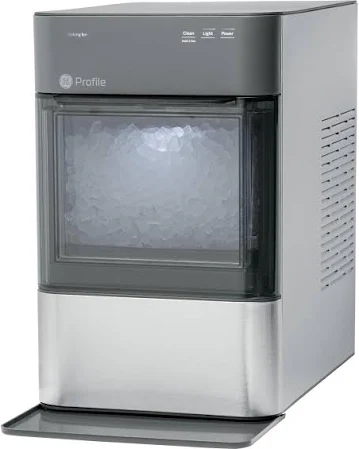
FAQ
- What makes nugget ice different from standard ice cubes?
Nugget ice is soft and chewable, formed by compressing thin layers of ice into small pellets. Its porous structure chills drinks quickly while melting more slowly than standard cubes, preserving flavor and preventing rapid dilution. - How long does it take for the Opal 2.0 to produce its first batch?
After powering on, expect about 60 minutes until the first 1 lb batch is ready. Subsequent batches take around 20–25 minutes each, depending on ambient temperature and water temperature. - Can I use tap water, or do I need distilled water for the Opal 2.0?
You can use tap water, but if your home has hard or heavily mineralized water, distilled water reduces scale buildup on the freezing cylinder, extending cleaning intervals. If you connect the optional plumb-in kit to a filtered line, the internal carbon filter further improves taste. - Is professional installation required for the plumb-in kit?
Not necessarily—if you are comfortable with basic plumbing tasks (attaching to a cold water line and drain), you can install it yourself. Otherwise, hiring a plumber ensures proper setup, eliminates leaks, and keeps your warranty intact. - How do I clean the Opal 2.0 to maintain ice quality?
Wipe interior surfaces monthly with mild detergent. Every three months, run the self-clean cycle by adding GE’s recommended ice cleaner or a 1:1 vinegar/water solution. Follow prompts on the LED panel; the machine handles the rest. - What is the expected daily ice production, and how much can the bin hold?
The Opal 2.0 produces roughly 24 lbs of nugget ice per day. Its transparent bin holds up to 3 lbs at once. To keep production continuous, scoop out partial bins during heavy use for uninterrupted cycles. - How often should I replace the water filter, and how much does it cost?
Replace the carbon filter every six months or after around 200 lbs of ice. Replacement filters cost about $30–$40. The LED indicator alerts you when it’s time for a change to ensure fresh-tasting ice. - How quiet is the Opal 2.0 during operation?
Operating at approximately 45 dBA, the Opal 2.0 is comparable to a quiet conversation. You’ll notice compressor hums and occasional water flow, but it won’t be disruptive in an open-plan kitchen or living area. - Can the Opal 2.0 be used in a garage or unconditioned space?
It works best in ambient temperatures between 50°F and 100°F. Extreme heat can slow production, and freezing temperatures risk damage. For garages or outdoor kitchens, ensure the unit is sheltered from direct sun and severe weather. - Is the machine energy-efficient, and what is its approximate electricity usage?
Yes, it is Energy Star certified, meaning it meets strict efficiency guidelines. While individual usage varies based on cycle frequency, expect moderate electricity consumption—far less than larger built-in ice makers.



